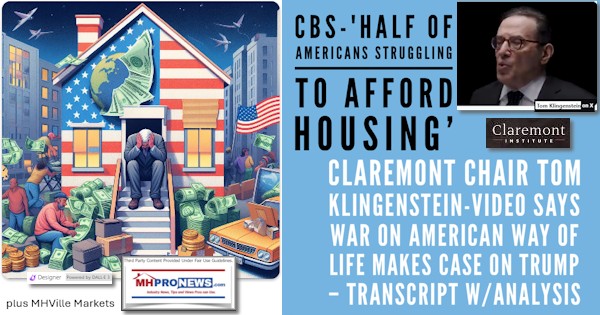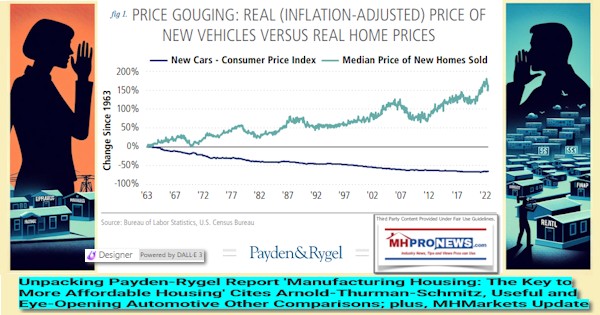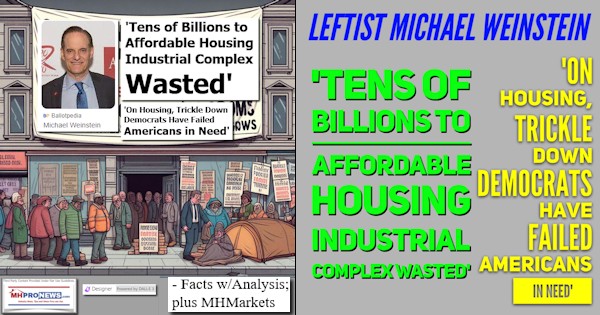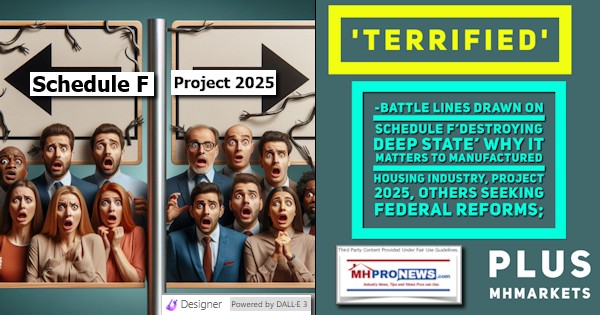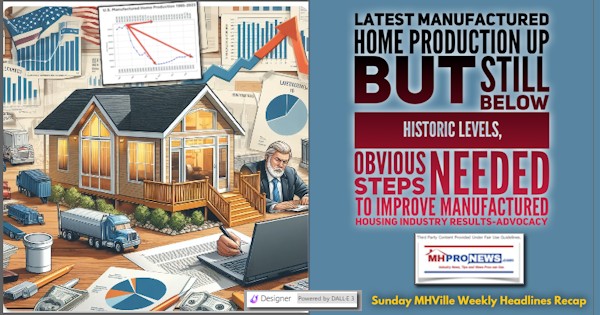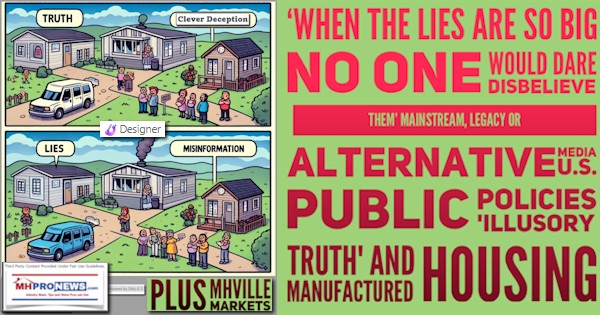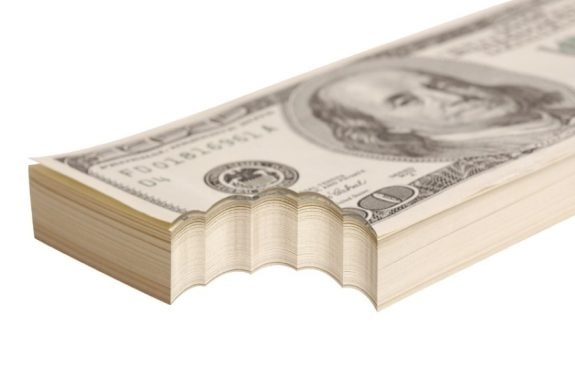
While stocks may bounce back temporarily, without being an alarmist it’s possible the Dow could conceivably fall to 5,000. He says for 30 years the stock market has been buoyed by falling interest rates and manipulation by the Federal Reserve—the latest being the quantitative easing to boost the economy—and a fall of 70 percent cannot be totally discounted, as MHProNews understands.
“Let me say on the record that I am not joining the perma-bears or extreme doom-mongers. I am simply pointing out that the perma-bulls have taken their own arguments way too far. The stock market is not doomed to collapse to oblivion, as some hysterics keep claiming. But it is not certain to keep going up by 10% a year, either. All those claiming that every sell-off is a buying opportunity, and that stocks ‘always outperform,’ are lying to you,” says Arends.
Stock market history indicates the market has moved in long upward and downward swings, and we might be in the downward trajectory that began in 1982. He says, “Those big downward moves have not ended until share valuations have fallen to just 30% of the replacement cost of company assets.”
Using a metric tool called tobin’s Q, which has been the most accurate measuring stick of any stock market indicator—better than price-to-earnings ratios or economic growth rates or long-term interest rates—says Arends, ”The “q” looks at the net asset values of public companies and adjusts them for inflation. It makes some intuitive sense. Why would Widget Inc. be valued at $1 billion on the stock market if you could start the company from scratch for a lot less?”
Currently, the reading on the “q” is 100 percent, but it has averaged 70 percent since WWII, so if the Dow fell to its modern average valuation, it would be 12,000. If we consider the years 1949 to 1994 before the boom of the late 1990s, the average was 57 percent, which would reduce the Dow to around 9,500. Worst case scenario would see the Dow fall to 5,000, its historic bear market lows—30 percent of its current value.
He reminds us that at some point all the artificial stimulants will have to end, and while it is not likely the Dow will fall that far, that possibility should not be ruled out. The real danger, he adds, is that 99 percent of the people managing America’s money do not believe it is possible.
While few if any in MH would publicly say they want this to happen, if it did, with the right educational/marketing effort there could be a silver lining for manufactured housing. ##
(Image credit: forbes)








